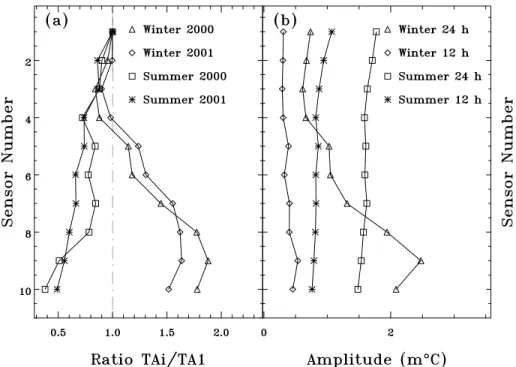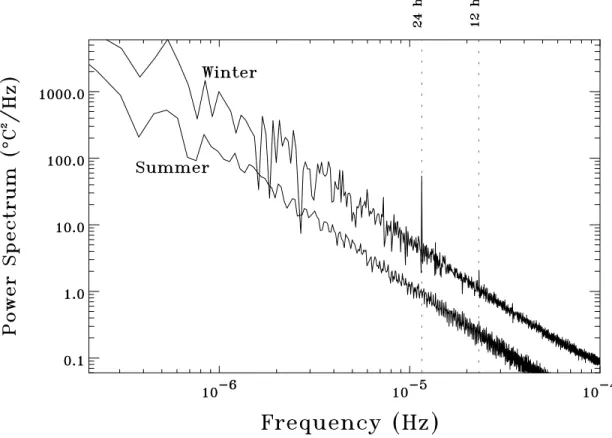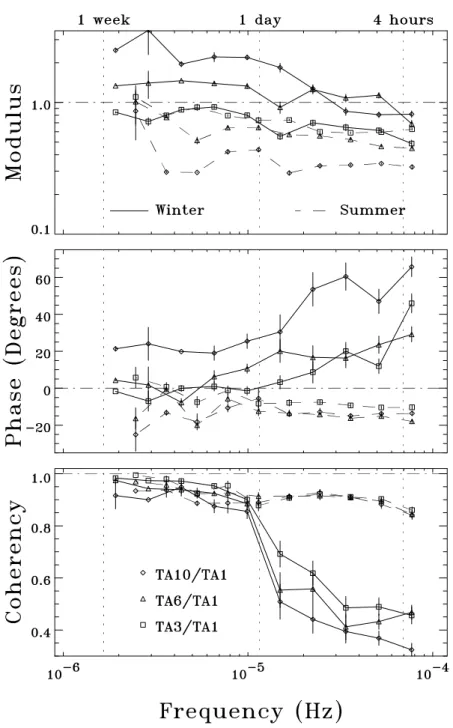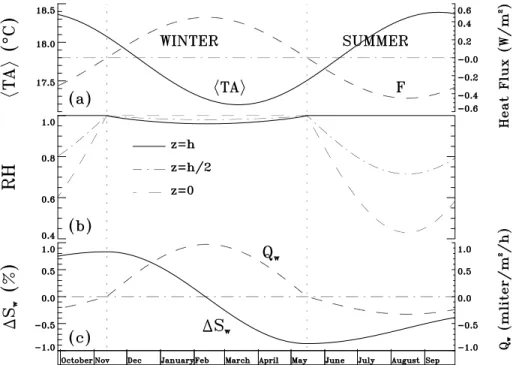Seasonal thermal signatures of heat transfer by water exchange in an underground vault
Texte intégral
Figure
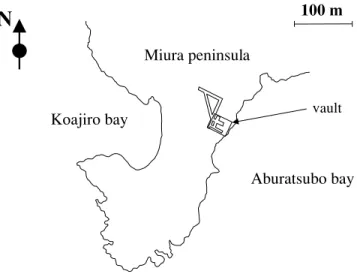


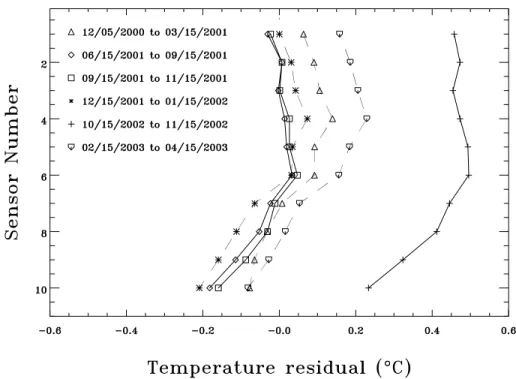
Documents relatifs
The principal results show that an increase of the local Nusselt number with Hartmann number is observed, and, far from the inlet section, the average heat transfer between the fluid
Keywords: Mixed Convection, electronic components cooling; Numerical study; T form
(1997) studied numerically the fluid flow and heat transfer induced by natural convection in a finite horizontal channel containing an indefinite number of uniformly spaced
The effects of convective heat transfers on the turbulent air flow in an enclosed rotor- stator cavity are here investigated by large eddy simulation (LES) using the
An analysis of pavement heat flux at a depth of 5 cm and solar irradiance measurements is proposed to attempt to optimize the watering period, cycle frequency and
The wave operators should label the various possible scattering channels , describing bound clusters of particles, whose center of masses have an asymptotically free motion..
Using our induction hypothesis (and working in the outer space of each of the factors that are elliptic in the splitting), we prove that subspaces in CV [ N made of trees that split
As a first way to illustrate the disturbance effect and its spread downstream the disturbance area, time-series of temperature evolution at a measuring point M (located close to

